Our timeline
In the last nine decades we have continued to evolve. We’ve inspired minds and changed futures, becoming the modern University we are today.
The 1930s – Welcome to Ormskirk: the dawn of a new era
Philanthropists founded our College in 1882, converting a house in Liverpool’s Edge Hill district into a women-only teacher training facility, opening its doors in 1885.
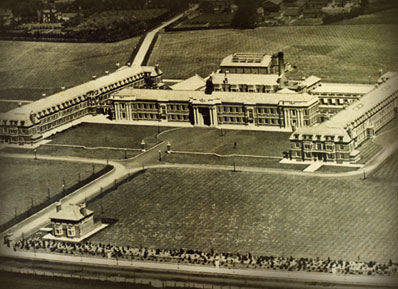
By the 1930s, it was time for the College, now run by Lancashire County Council, to move to a new home. The authority chose a site in Ormskirk.
The foundation stone was laid in 1931, and Lord Irwin, President of the Board of Education, officially opened the new building in Ormskirk on 2 October 1933.
The 1940s – The tragedy of war
“The worst single incident of the war” is how Winston Churchill described a bombing raid on Edge Hill’s Durning Road premises, which killed 166 people on 28 November 1940.
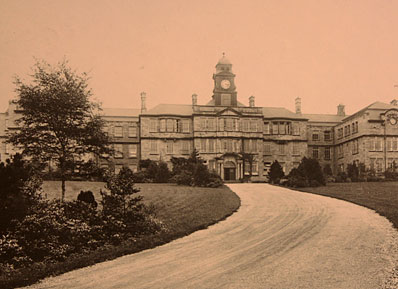
Edge Hill campus went from teaching to treating during World War Two, becoming a military hospital. Students could continue their studies at Bingley Training College, more than 60 miles away.
By the mid-1940s, student numbers stood at 280 – rising after falling in the 1930s.
The 1950s – Going co-ed
More than 70 years after it was founded, Edge Hill welcomed its first intake of male students in 1959. And rising student numbers meant more accommodation was needed. Five new women’s halls, known as the ‘back halls’, were opened.
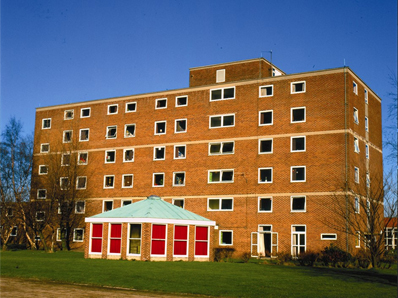
And men took residence in the now-demolished Lancashire Hall where the Department of Sport’s Wilson Building now stands.
1960s – Royal visits and three-year degrees
Three-year teaching training courses were introduced in 1960, with the degrees validated by the newly-created Lancaster University. This partnership would last almost 30 years.
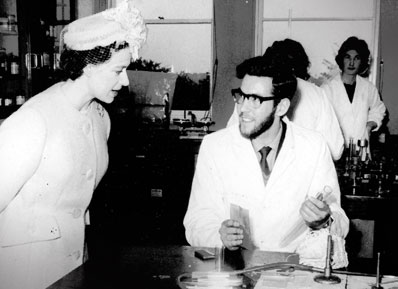
And in 1963, Princess Margaret visited campus to formally open the new student accommodation.
The mid-1960s saw our first male principal and male staff were becoming a more common sight around campus, rising to 37 from just three in 1959.
The 1970s – Beyond teacher training
The Conservatives came to power in 1970, giving larger Colleges of Education powers to diversify. And by the mid-1970s, Edge Hill was offering BA degree courses in English, Geography, Applied Social Science and History while remaining a popular teacher-training institution.
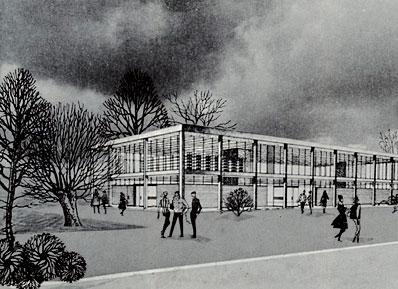
New buildings continued to change the landscape. A new library was opened in 1973 and currently houses our Student Information Centre.
The 1980s – From the brink of extinction to a centre of excellence
In 1982 Edge Hill successfully campaigned against a proposed merger with Preston Polytechnic, now the University of Central Lancashire. Later that year, we were declared a ‘Centre of Excellence’ in Teacher Education.
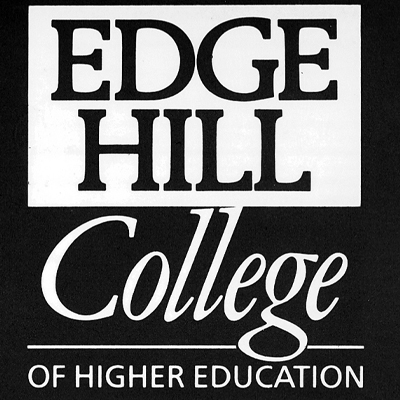
By the mid-80s, we had more than 2000 students studying various undergraduate and postgraduate degrees.
In April 1989, Edge Hill became an independent Higher Education Corporation, taking advantage of new powers to leave local authority control. It established a new Board of Governors and was funded by a dedicated national body.
The 1990s – Accelerating ambitions
In 1993 our current Vice-Chancellor, John Cater, took to the helm, aiming high and accelerating change.
In 1996 we changed our name to Edge Hill University College, accompanied by a fresh corporate look.
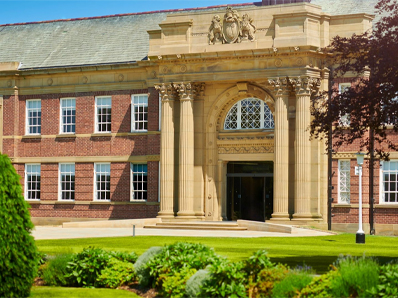
The 1990s saw an explosion in the range of courses available with new undergraduate degrees in subjects such as Field Biology and Habitat Management, Communication and Media, Criminology, Computer Science and Sports Science.
And new developments on our main campus and beyond underlined a commitment to offering enviable health-related programmes, including a new Natural and Applied Sciences Building in 1995.
The 2000s – Becoming a university
2006 was the start of our latest chapter. We became Edge Hill University with our own degree-awarding powers. Research degree-awarding powers for Masters and Doctorates soon followed in 2008.
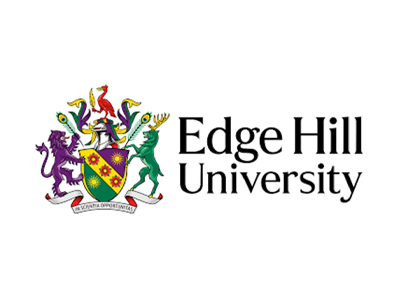
And we continued to grow and modernise with new buildings for the Faculty of Education (2004), the Faculty of Health and Social Care (2007), Performing Arts (2006) and the Business and Law School (2009).
The 2000s saw our international profile on the rise, with Edge Hill degree courses offered as far afield as Singapore and Hong Kong.
The 2010s – The ultimate accolade
Just eight years after achieving university status, we scooped the ultimate Oscar of the higher education world, with Times Higher Education naming us ‘University of the Year.’ It described us as “a great success story.”

And the 2010s was when we really started to accelerate our growth of research at the University. In 2014 all subject areas that were submitted were judged by the Research Excellence Framework (REF) – the UK’s system for assessing the quality of higher education research – either ‘world-leading’ or ‘internationally excellent.’
2020s – A surprising place
Around 14,000 students now choose to study at Edge Hill, and the accolades continue to flow for everything from teaching to our facilities. In 2022 we were named Modern University of the Year in The Times and Sunday Times Good University Guide.
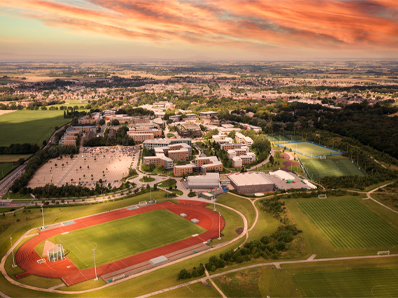
Our commitment to producing impactful research was recognised in REF 2021 again, with all submissions demonstrating some 4* world-leading work for outputs and impact.
Increased funding and more academic staff are supporting our researchers to undertake policy-informing work in challenging areas such as mental health and town centre regeneration.
And our teaching and research capacity is set for a further boost with a new state-of-the-art Life Sciences building due to open in 2024.